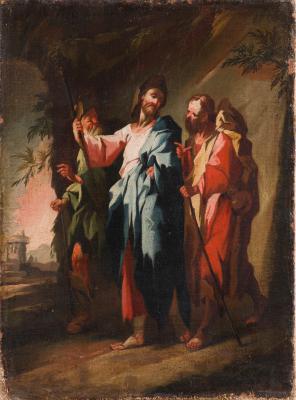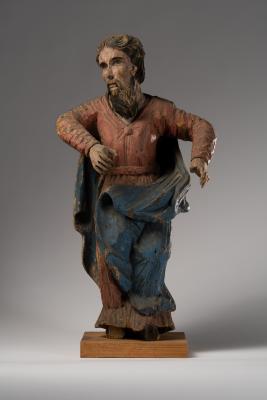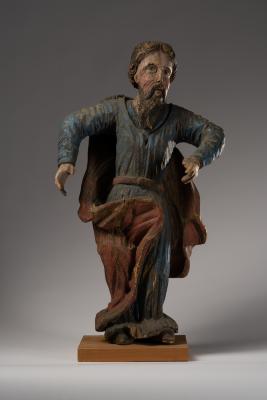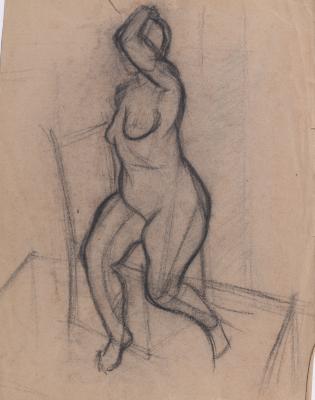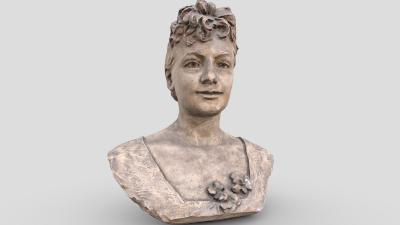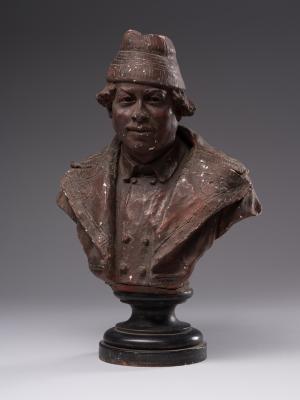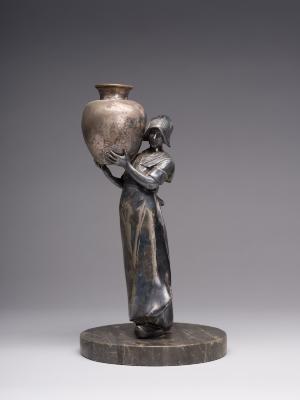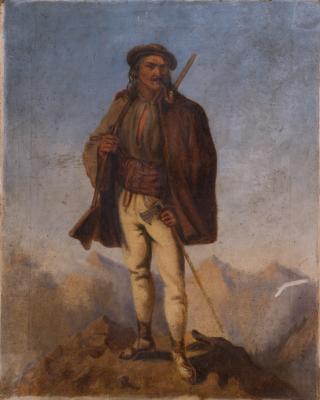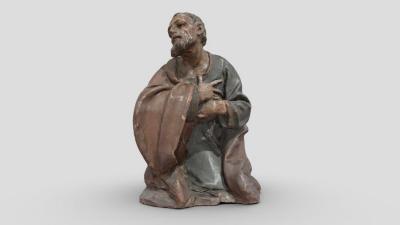Guardi's fantasy views and landscapes are divided into two broad groups, the Architectural Capriccio, in which the artist combined real and fictitious elements of Venetian architecture, and the Romantic Capriccio, in which combinations of half-destroyed architectural elements were placed in the landscape. In the Architectural Capricho in Lviv, the artist depicted an imaginary view from under the building's portico into a palace with a small square. The rapid brushwork creates rich light and shade contrasts. Human figures, rendered in a few brush strokes and strokes of the pen, are depicted almost schematically. The free style of the painting shows that it was created as an independent work of art. No analogues of Guardi's paintings have been found to date. There are, however, several adaptations of this architectural motif among the works of Guardi's followers. This indicates that the artist repeatedly referred to it (its reproduction, depiction). In terms of the manner of execution, the drawing is close to graphic sheets dating from the 1770s and early 1780s.







